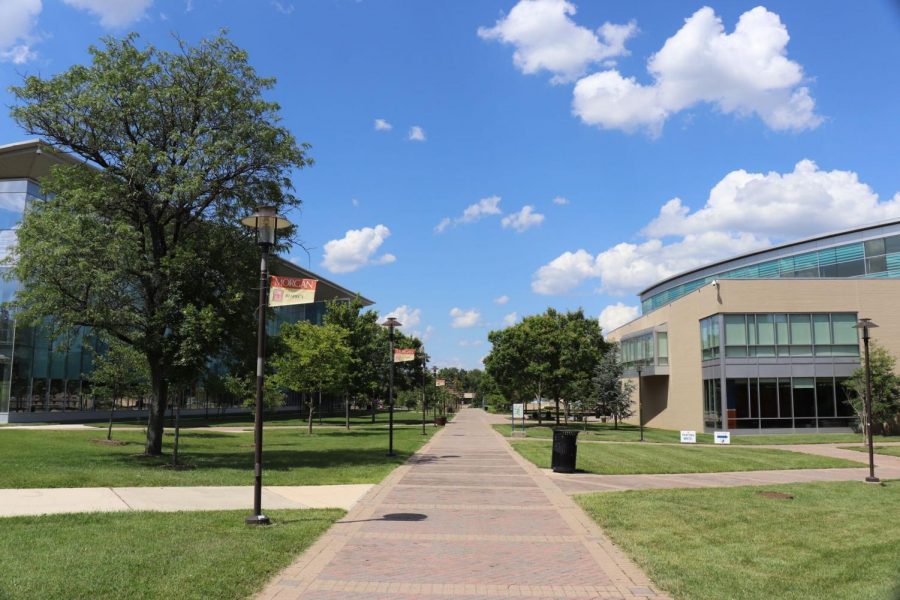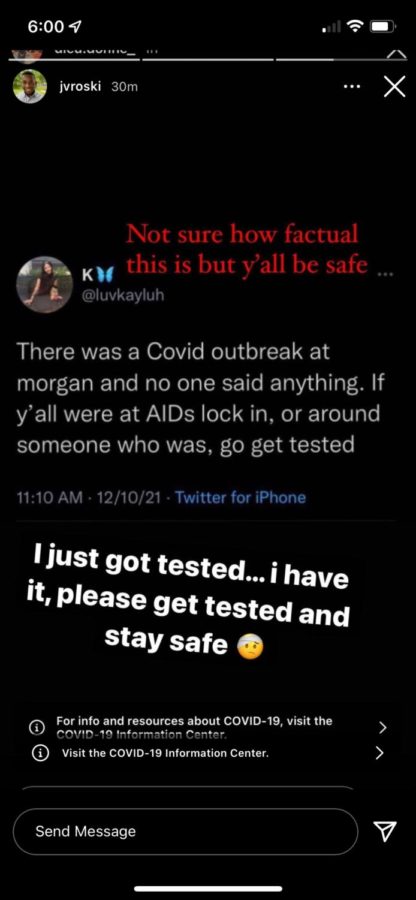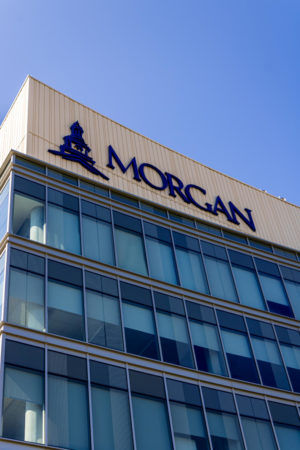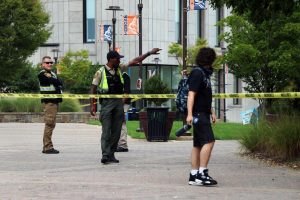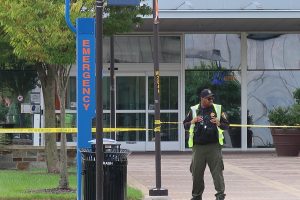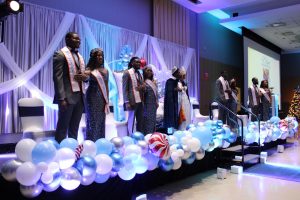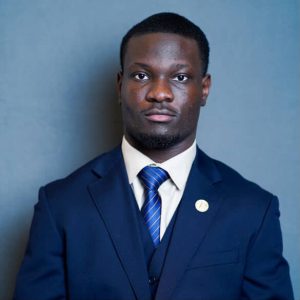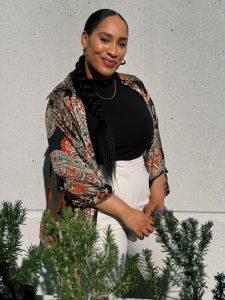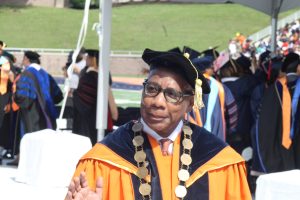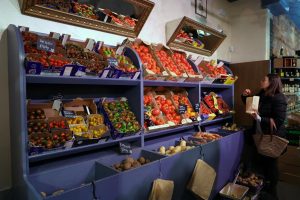At least 17 positive COVID-19 cases detected after several campus events
The university reached its second-highest number of COVID-19 cases following a home basketball game, annual AIDS Lock-In and more.
The forum will be held in the University Student Center on Sept. 27.
December 15, 2021
After the first in-person semester since the pandemic, Morgan State University closes out the academic year with a rise in COVID-19 cases.
In the last week of classes, 14 students and three employees tested positive for COVID-19 through the university’s testing system.
Following Thanksgiving break travels, students returned to campus for the final events of the semester, like the last home basketball game and the annual AIDS Lock-In.
The Student Government Association hosted its yearly AIDS Lock-In event on Dec. 3 in the University Student Center. Nearly 700 students attended the event as student organizations spread awareness on sexually transmitted diseases and safe sex.
Students are required to wear facial coverings inside university buildings and at campus events. However, some students expressed that many in attendance did not follow COVID-19 safety measures.
Angela Patterson, senior social work major, said, “When we were in there, there was no social distancing. Like we all sat next to each other, especially during those performances, like there was no social distancing. Like it was definitely just like as if COVID weren’t a thing.”
It wasn’t until Patterson tested positive for COVID-19 that she realized the lack of safety precautions.
According to Larry Jones, assistant vice president of public relations and strategic communications, eight students tested positive for COVID-19 after attending the AIDS Lock-In event.
“Of those individuals that tested positive, four were identified as having attended the same University-sponsored event—the A.I.D.S. Lock-in, held on Dec. 3. Through subsequent testing and additional contact tracing that was conducted, four more individuals were confirmed with positive test results,” Jones said in a written statement.
As students received positive COVID-19 results, rumors circulated on social media about a possible outbreak following the lock-in event.
Anita Hawkins, associate dean of the School of Community Health and Policy, spoke on the danger in rumors and misinformation spreading online.
Hawkins said, “Rumors have been a part of social culture for a long time. People create rumors. One person says something and it has the weight of being a fact. We have these tools that allow for people to spread misinformation.”
“Nobody asks for evidence or further investigates. That’s one of the things we’ve been dealing with during the [COVID-19] pandemic anyway,” she added.
Hawkins was hesitant to link the lock-in to the increased positive cases because students did not follow safety protocol at several on-campus events.
“On test day, an increase happened six to seven days after lock-in, after the [last men’s home] basketball game,” Hawkins said. “It evokes more emotion and concern to say that a lock-in was the cause of an outbreak than it does for a basketball game causes an outbreak. It’s built on some level of fact but it’s exaggerated.”
According to Lydell Sargeant, senior associate athletic director for external relations, approximately 1,428 students attended the last home men’s basketball game on Dec. 6.
Individuals are also required to wear facial coverings at all sporting events.
Danny Molock, assistant coordinator for the Office of Student Life and Development, said the university plans to address all concerns about the COVID-19 cases in an email soon.
After testing positive for COVID-19, Torrey Rogers, junior marketing major, expressed his disappointment in the university’s response to notify students of the rise in positive cases.
“I do believe that regardless of whether or not it was concentrated at a school event or not, [administration] still should make students aware,” Rogers said.
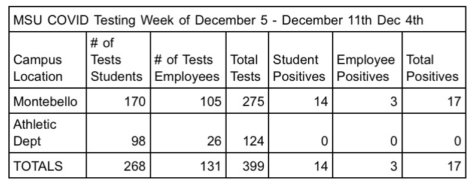
Hawkins’s weekly testing chart represents the number of people who get tested on campus. But, some students have tested positive in off-campus testing facilities.
Hawkins encouraged students to report their test results to the university so that she can add the positive tests to Morgan’s database.
“If students and employees are testing and don’t tell us, we don’t know,” Hawkins explained. “We can’t hide what we don’t know. If students are hiding that they’re positive, then that’s an indictment on the students. They are actually required to tell us.”
Seventeen is the highest number of cases detected on campus since the week of Sept. 20 to Sept. 24.
The university detected a total of 89 positive tests within the fall semester.
As the pandemic continues and the new Omicron variant spreads across the country, Hawkins encourages students to practice safety protocols throughout the break and when they return to campus.
“As much as possible, distance and wear your mask. Think about being safe not just for you, but the people around you,” Hawkins said.
Jones stated all of the students that tested positive have been instructed to quarantine until it is safe for them to travel.
“The University will continue to monitor this situation and will apprise the campus community should there be any future cause for concern,” Jones said.
This story has been updated with a message from Larry Jones, assistant vice president of public relations and strategic communications.

